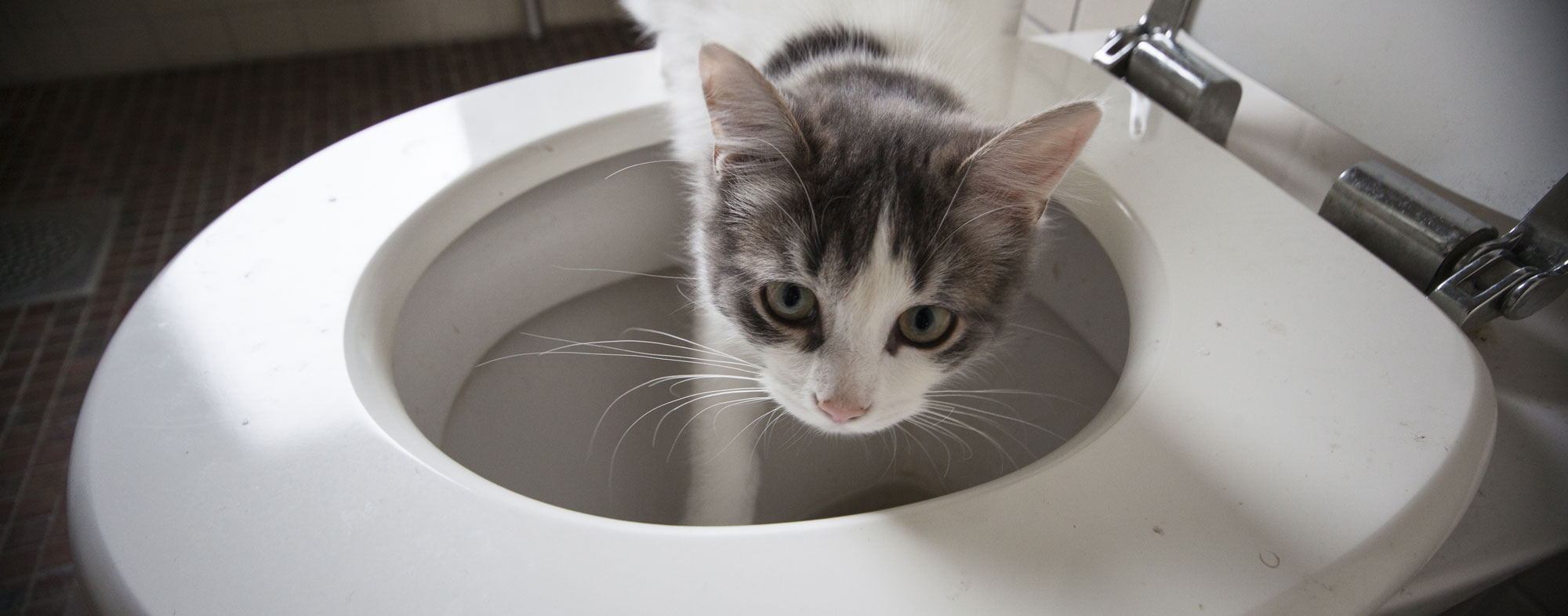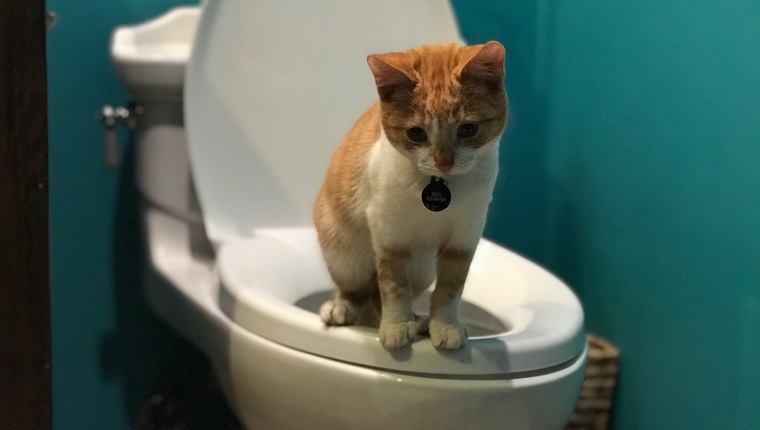Why Flushing Animal Waste Down the Toilet Could be Harmful
Why Flushing Animal Waste Down the Toilet Could be Harmful
Blog Article
The article author is making a few great points on 4 Reasons Why Dog Poop Cleanup is Important as a whole in this content which follows.

When it pertains to dealing with waste, especially animal waste, lots of people often consider the hassle-free option of flushing it down the commode. Nonetheless, this seemingly very easy solution can have serious repercussions for the atmosphere and public health. In this post, we'll check out why flushing pet waste down the toilet is a negative concept and give alternate approaches for appropriate disposal.
Intro
Appropriate waste disposal is important for keeping ecological sustainability and public health. While it may appear harmless to purge animal waste down the commode, it can cause various concerns, both for the atmosphere and human well-being.
Threats of flushing animal waste
Ecological effect
Flushing animal waste introduces unsafe microorganisms and virus into waterways, which can negatively influence water ecosystems. These virus can infect water resources and damage marine life, interfering with delicate environments.
Public health issues
Animal waste consists of hazardous germs such as E. coli and Salmonella, which can pose serious health threats to people. Flushing animal waste down the toilet can infect water supplies, bring about the spread of diseases and infections.
Alternatives to flushing
Instead of purging pet waste down the bathroom, there are numerous alternate disposal techniques that are more eco-friendly and hygienic.
Composting
Composting animal waste is an environmentally friendly means to dispose of it. By composting, organic matter is broken down right into nutrient-rich dirt, which can be used to fertilize gardens and plants.
Landfill disposal
Throwing away pet waste in a garbage dump is an additional alternative. While not as eco-friendly as composting, it is a safer choice to flushing, as it stops the contamination of water sources.
Pet garbage disposal systems
There are customized pet dog waste disposal systems readily available that safely and hygienically throw away animal waste. These systems often utilize enzymes to break down waste and remove odors.
Actions to proper animal waste disposal
To ensure proper disposal of pet waste, adhere to these actions:
Scooping and getting waste
Regularly scoop and bag pet waste making use of naturally degradable bags. This protects against waste from infecting the environment.
Making use of marked waste bins
Dispose of bagged animal waste in designated waste bins, such as compost bins or garbage dump bins. Stay clear of flushing it down the commode in any way expenses.
Cleansing can and animal locations on a regular basis
Consistently clean litter boxes and pet areas to stop the build-up of waste and microorganisms. Use pet-safe cleaning items to preserve health.
Benefits of correct disposal approaches
Embracing correct disposal techniques for pet waste supplies numerous advantages:
Decreased environmental pollution
Proper disposal approaches reduce the danger of environmental pollution, shielding rivers and communities from contamination
Reduced threat of water contamination.
By preventing flushing animal waste down the commode, the risk of water contamination is substantially lowered, securing public health.
Enhanced cleanliness and health
Correct disposal techniques advertise much better sanitation and hygiene, producing a safer atmosphere for both human beings and pets.
Verdict
Finally, flushing pet waste down the commode is unsafe to the atmosphere and public health. By taking on different disposal approaches and complying with correct waste monitoring techniques, we can lessen the unfavorable impact of pet waste and contribute to a cleaner, healthier earth.
What To Do With Dog Poo – The Do's And Don'ts Of Disposing Of Faeces
Dog poo bins
Some councils provide dedicated dog waste bins in popular dog-walking areas that can take dog poo that has been bagged but you can legally dispose of dog waste in any public litter bin, as long as it is securely bagged. This also applies to your wheelie bin at home.
Do not flush
Water companies do not recommend flushing dog faeces down the toilet because certain parasites can survive the water processing treatment and are potentially harmful to humans. You should also never consider flushing dog poo that has been bagged down the toilet as the bags will not break down and instead create severe blockages in the sewage system.
In the woods
The Forestry Commission promotes a ‘stick and flick’ method for dealing with waste in the woods. This means finding a stick and using it to flick any poo from off the path so that it is out of the way of other walkers. You could also bury it as long as it is not in an area where there might be livestock.
Livestock
Parasites found in dog poo can be transmitted to livestock if they inadvertently eat infected faeces that has been left on grazing land. This could result in the death of sheep or abortion in cattle so you should always make sure you pick up your dog’s waste in fields where livestock could be present.

Consistently clean litter boxes and pet areas to stop the build-up of waste and microorganisms. Use pet-safe cleaning items to preserve health.
Benefits of correct disposal approaches
Embracing correct disposal techniques for pet waste supplies numerous advantages:
Decreased environmental pollution
Proper disposal approaches reduce the danger of environmental pollution, shielding rivers and communities from contamination
Reduced threat of water contamination.
By preventing flushing animal waste down the commode, the risk of water contamination is substantially lowered, securing public health.
Enhanced cleanliness and health
Correct disposal techniques advertise much better sanitation and hygiene, producing a safer atmosphere for both human beings and pets.
Verdict
Finally, flushing pet waste down the commode is unsafe to the atmosphere and public health. By taking on different disposal approaches and complying with correct waste monitoring techniques, we can lessen the unfavorable impact of pet waste and contribute to a cleaner, healthier earth.
What To Do With Dog Poo – The Do's And Don'ts Of Disposing Of Faeces
Dog poo bins
Some councils provide dedicated dog waste bins in popular dog-walking areas that can take dog poo that has been bagged but you can legally dispose of dog waste in any public litter bin, as long as it is securely bagged. This also applies to your wheelie bin at home.
Do not flush
Water companies do not recommend flushing dog faeces down the toilet because certain parasites can survive the water processing treatment and are potentially harmful to humans. You should also never consider flushing dog poo that has been bagged down the toilet as the bags will not break down and instead create severe blockages in the sewage system.
In the woods
The Forestry Commission promotes a ‘stick and flick’ method for dealing with waste in the woods. This means finding a stick and using it to flick any poo from off the path so that it is out of the way of other walkers. You could also bury it as long as it is not in an area where there might be livestock.
Livestock
Parasites found in dog poo can be transmitted to livestock if they inadvertently eat infected faeces that has been left on grazing land. This could result in the death of sheep or abortion in cattle so you should always make sure you pick up your dog’s waste in fields where livestock could be present.

Hopefully you enjoyed our post about Why you should never flush dog poop down the toilet. Thanks a ton for finding the time to read our post. Sharing is caring. Who knows, you may be helping someone out. We value reading our article about .
Get Quote Now Report this page